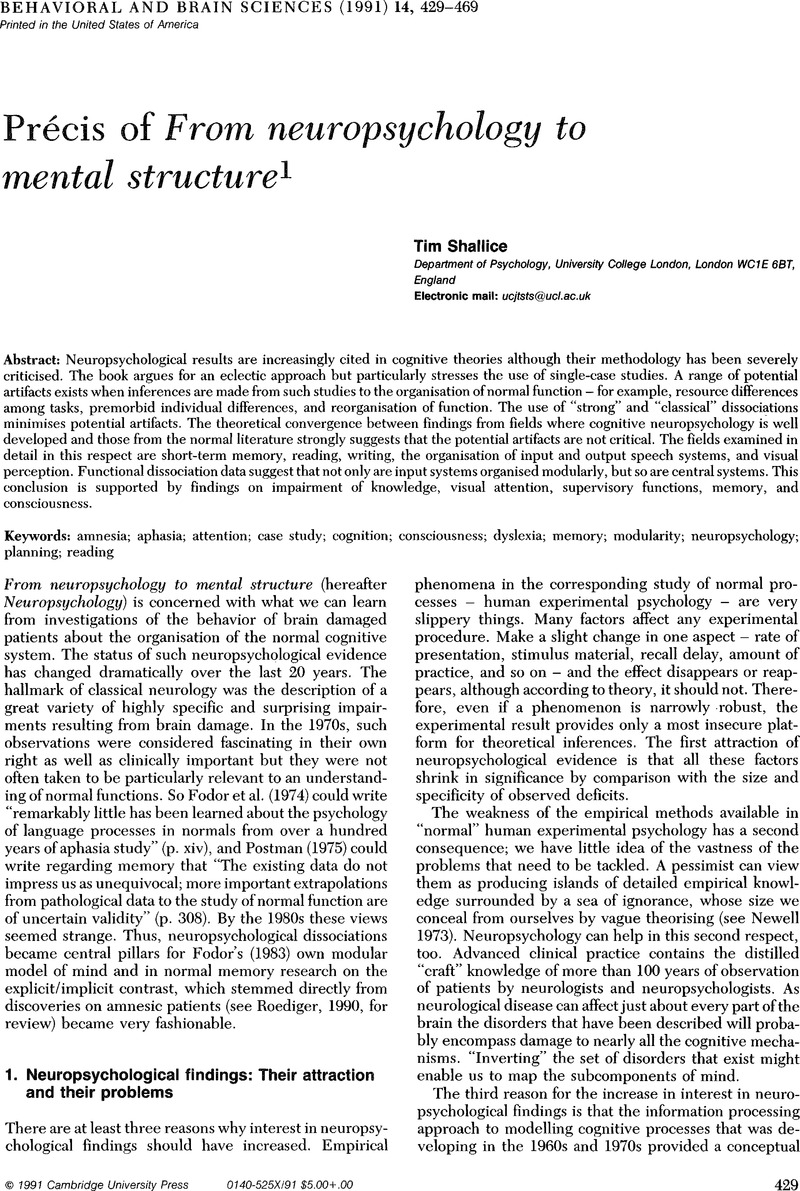Crossref Citations
This article has been cited by the following publications. This list is generated based on data provided by Crossref.
Bogen, Joseph E.
2007.
The Cambridge Handbook of Consciousness.


